How Reverse Osmosis Impacts Fluoride Levels
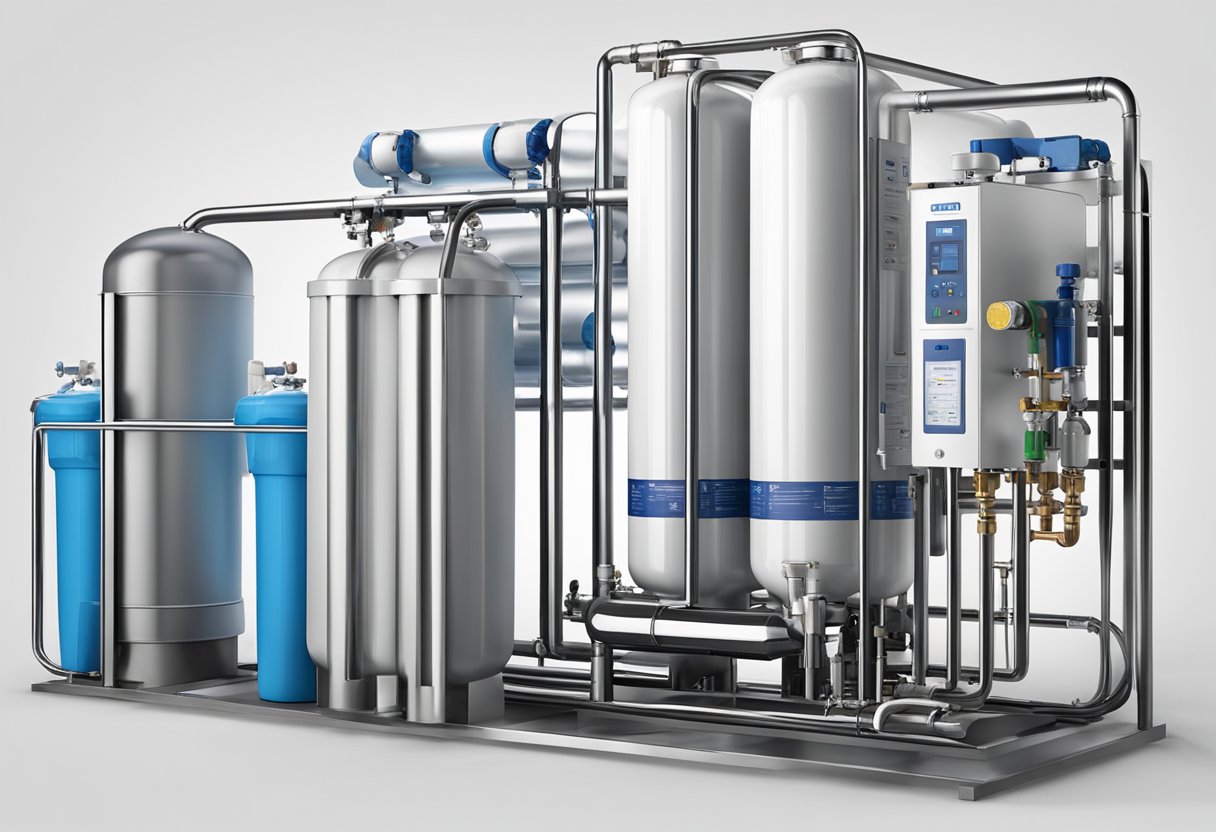
When it comes to fluoride, traditionally found in many municipal water supplies due to its dental health benefits, the question of its complete removal from water through reverse osmosis is a topic of interest.
The effectiveness of a reverse osmosis system in fluoride removal can depend on several factors including the quality and maintenance of the system, as well as the initial concentration of fluoride in the water. It is generally acknowledged that reverse osmosis systems can significantly reduce the levels of fluoride in the water, making it an attractive option for those looking to lower their fluoride intake.
Key Takeaways
- Reverse osmosis is capable of reducing fluoride levels in water.
- Effectiveness in removing fluoride depends on the system’s quality and maintenance.
- Reverse osmosis systems appeal to those seeking lower fluoride consumption.
Basics of Reverse Osmosis
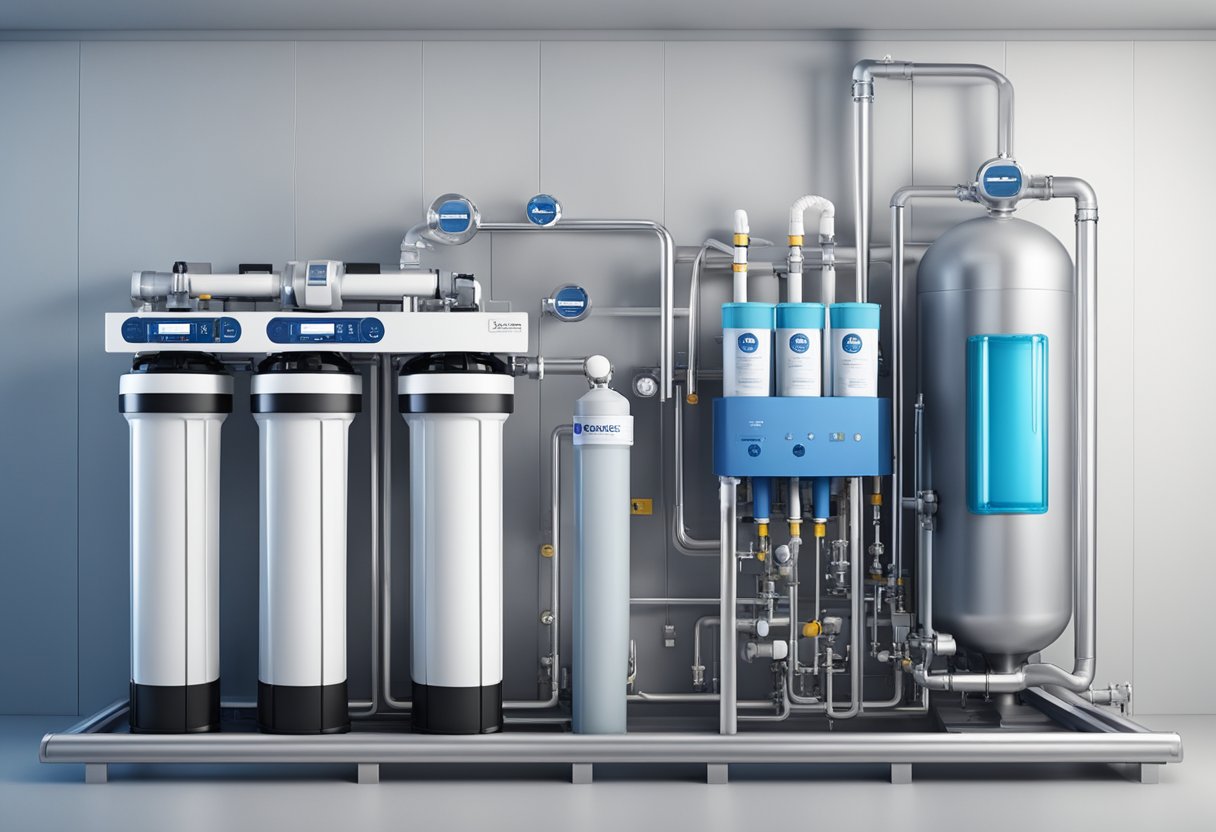
In this section, you’ll understand the essentials of reverse osmosis and how it operates to purify water.
What Is Reverse Osmosis?
Reverse osmosis (RO) is a water purification technology that uses a semipermeable membrane to remove ions, molecules, and larger particles from drinking water. By applying pressure to overcome natural osmotic pressure, RO can provide high-quality drinking water.
How Reverse Osmosis Works
To grasp how reverse osmosis purifies water, imagine pressurized water being forced through a semipermeable membrane. This membrane acts like a fine filter, allowing only water to pass through while blocking contaminants, which are then flushed away. Here are the key components involved:
- Pre-filtration: Water first passes through pre-filters to remove sediments and chlorine that might damage the RO membrane.
- RO Membrane: The core component where water is pressured through the membrane, trapping contaminants on one side and allowing pure water to pass to the other.
- Post-filtration: After the RO membrane, the water often goes through additional filtration, like carbon filters, to remove any residual taste or odor before you drink it.
Fluoride in Water
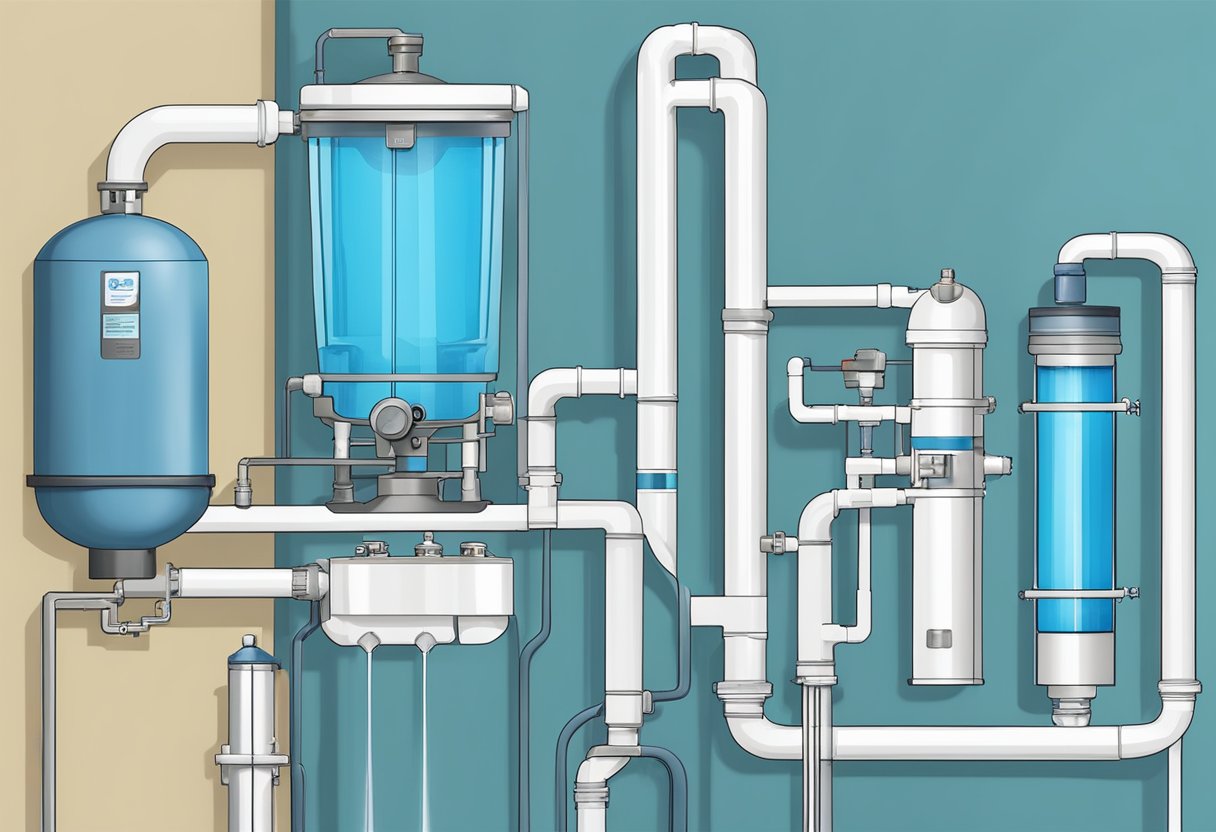
When considering the quality of your drinking water, it’s important to understand the presence and impact of fluoride. Below, you’ll find specific details on where fluoride comes from and its effects.
Sources of Fluoride
Fluoride is commonly found in your water due to either natural geological processes or deliberately added during water treatment. Here are the primary sources:
- Natural occurrence: Fluoride can leach into groundwater from rocks and soil, leading to varying levels in different regions.
- Water fluoridation: Some municipal water supplies introduce fluoride to prevent tooth decay, a practice supported by public health policies.
Effects of Fluoride
The presence of fluoride in water can have several effects:
- Dental Health: At optimal levels, fluoride can strengthen tooth enamel, making it less susceptible to decay.
- Excessive Exposure: High concentrations of fluoride may lead to conditions such as dental fluorosis or skeletal fluorosis over long periods.
Reverse Osmosis and Fluoride Removal
In your search for pure water, understanding how reverse osmosis can tackle fluoride content is crucial.
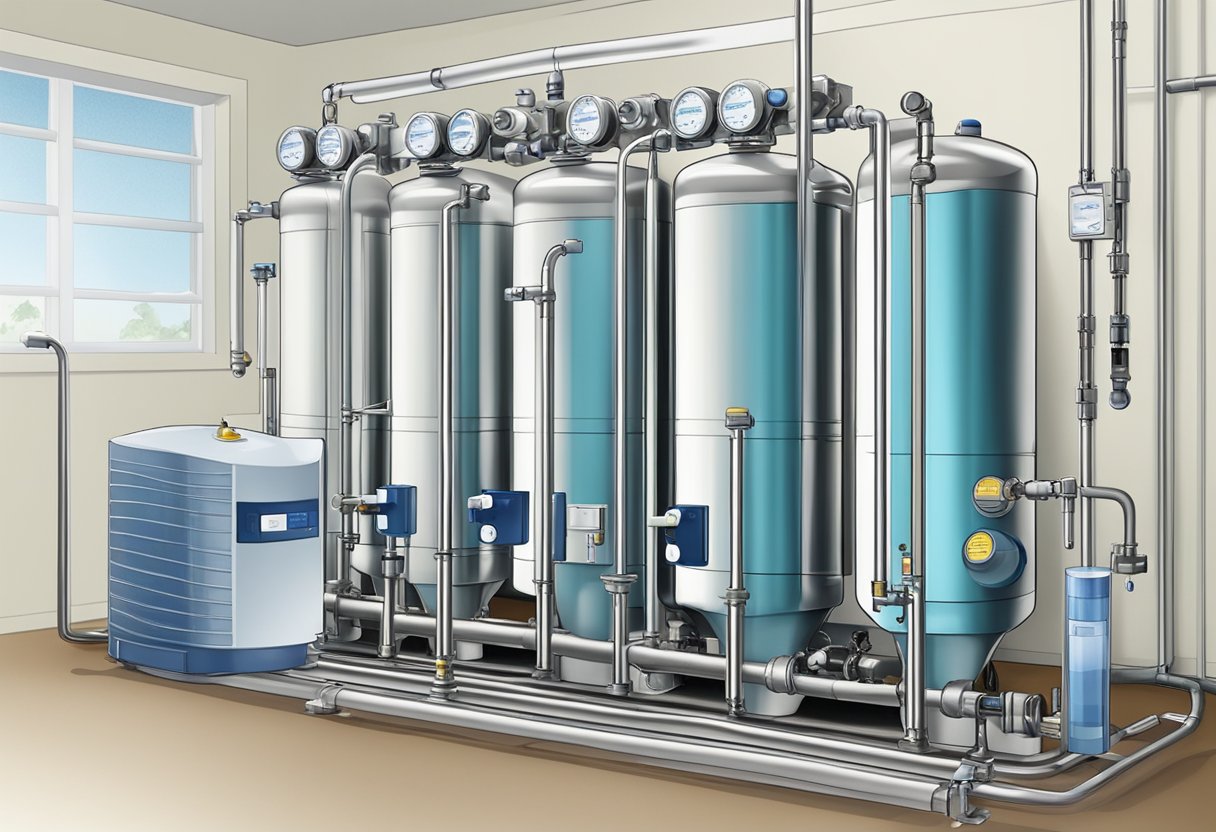
Efficacy of Reverse Osmosis in Removing Fluoride
Reverse osmosis (RO) is a filtration method that removes many types of dissolved and suspended chemical species and biological ones (such as bacteria) from water. One key component in effective RO systems is the semi-permeable membrane, which has small pores that block contaminants but allow water molecules to flow through.
The efficacy of RO in removing fluoride depends on:
- Membrane pore size: The smaller the pores, the more contaminants, including fluoride, can be filtered out.
- Filtration speed: Slower water flow allows for more contact time with the membrane, increasing fluoride removal.
- System maintenance: Regular maintenance ensures the system functions at its peak performance.
RO systems are generally capable of removing between 90-95% of fluoride from your water, contingent upon these factors.
Reverse Osmosis Systems and Fluoride Filters
When choosing an RO system to reduce fluoride in your water, it’s important to look at:
- Quality of the RO system: Higher quality systems tend to remove fluoride more effectively.
- Customer feedback: Evaluations and reviews can provide insights into performance.
- Performance claims: Look for systems that provide test results supporting their fluoride removal efficacy.
It’s not just the RO system itself that matters; the filters being used play a significant role. High-quality fluoride filters within an RO system can improve fluoride reduction. Remember that while RO can decrease fluoride, it may also strip water of beneficial minerals.
Considerations for Reverse Osmosis Systems
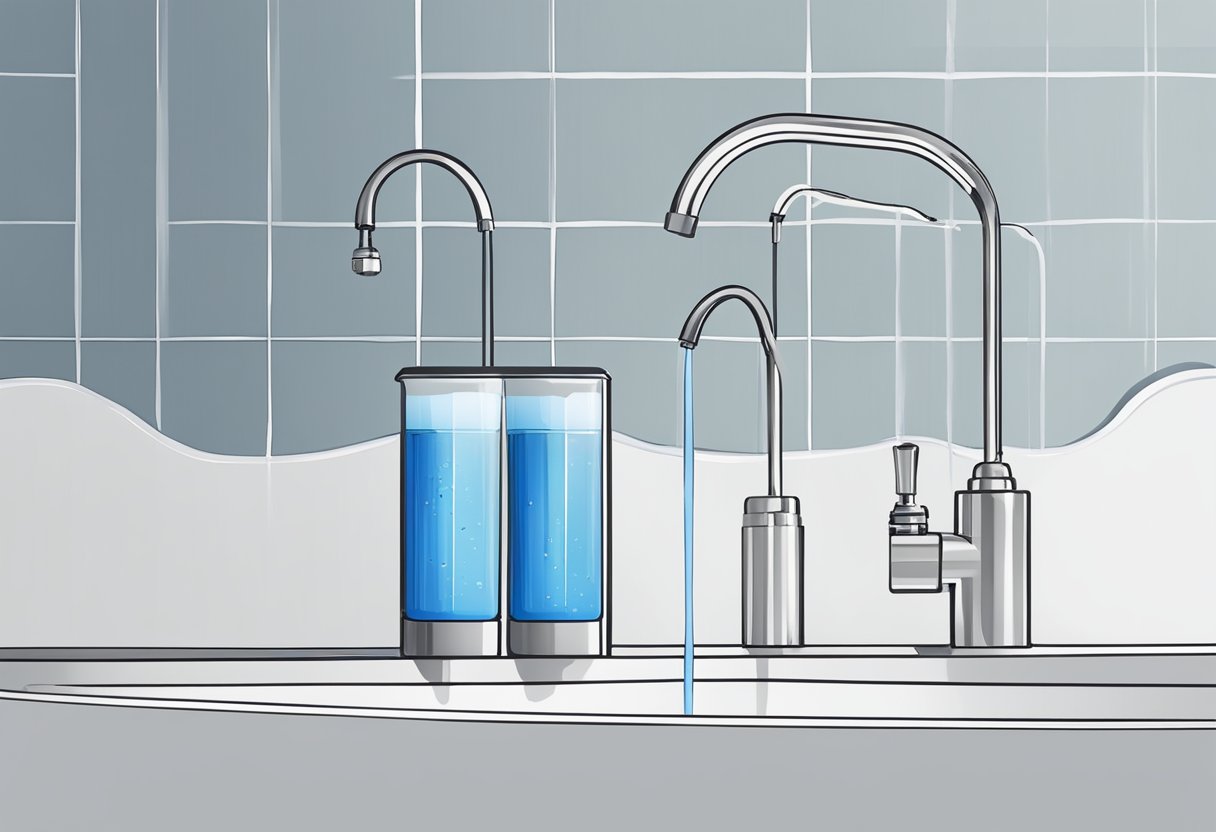
When considering a reverse osmosis (RO) system for fluoride removal, key factors include maintenance requirements, associated costs, system capacity, and efficiency.
Maintenance and Cost
RO systems require regular maintenance to function effectively. Filter changes are a routine part of this maintenance, as they are essential for ensuring the longevity and performance of your system. The cost of replacement filters and membranes will depend on the model of your RO system. Additionally, professional servicing may be necessary for parts such as the system’s storage tank or plumbing connections.
- Frequency of Filter Changes: Every 6-12 months (pre-filters), 2-3 years (RO membrane)
- Average Cost for Filters: $50-$100 for pre-filters, $100-$300 for RO membranes
System Capacity and Efficiency
The capacity of an RO system, measured in gallons per day (GPD), determines the volume of water it can filter. Choosing a system with a capacity that matches your water usage is important to avoid strain on the system. Efficiency plays a role in how much water is used to produce clean water, often represented by the system’s waste to pure water ratio.
- Typical Capacities: 50 GPD, 80 GPD, 100 GPD
- Waste to Pure Water Ratio: Ranges from 3:1 to 10:1, depending on the system
Understanding these considerations ensures you select an RO system that not only effectively removes fluoride but also fits your budget and meets your water usage needs.
Health and Safety Standards
Your health and adherence to safety standards are of utmost priority when considering the removal of fluoride from drinking water. Here’s what you need to know about the regulatory frameworks and certifications that ensure water treatment systems, such as reverse osmosis, meet appropriate health and safety standards.
Guidelines for Fluoride Levels
The U.S. Environmental Protection Agency (EPA) and the World Health Organization (WHO) set guidelines for the acceptable concentrations of fluoride in drinking water.
- EPA: The maximum contaminant level goal (MCLG) for fluoride is set at 4.0 mg/L (parts per million), with a secondary level (SMCL) of 2.0 mg/L to address cosmetic effects such as dental fluorosis.
- WHO: A guideline value of 1.5 mg/L is recommended to prevent dental and skeletal fluorosis.
Certifications for Water Treatment Systems
When selecting a reverse osmosis system to remove fluoride, it is important to look for certain certifications that validate the system’s performance:
- NSF/ANSI Standard 58: This certification indicates that a reverse osmosis system has been tested for its ability to reduce specific contaminants, including fluoride.
- NSF/ANSI Standard 53: Look for this mark to ensure that the system you choose can reduce contaminants that affect health beyond just taste and odor.
